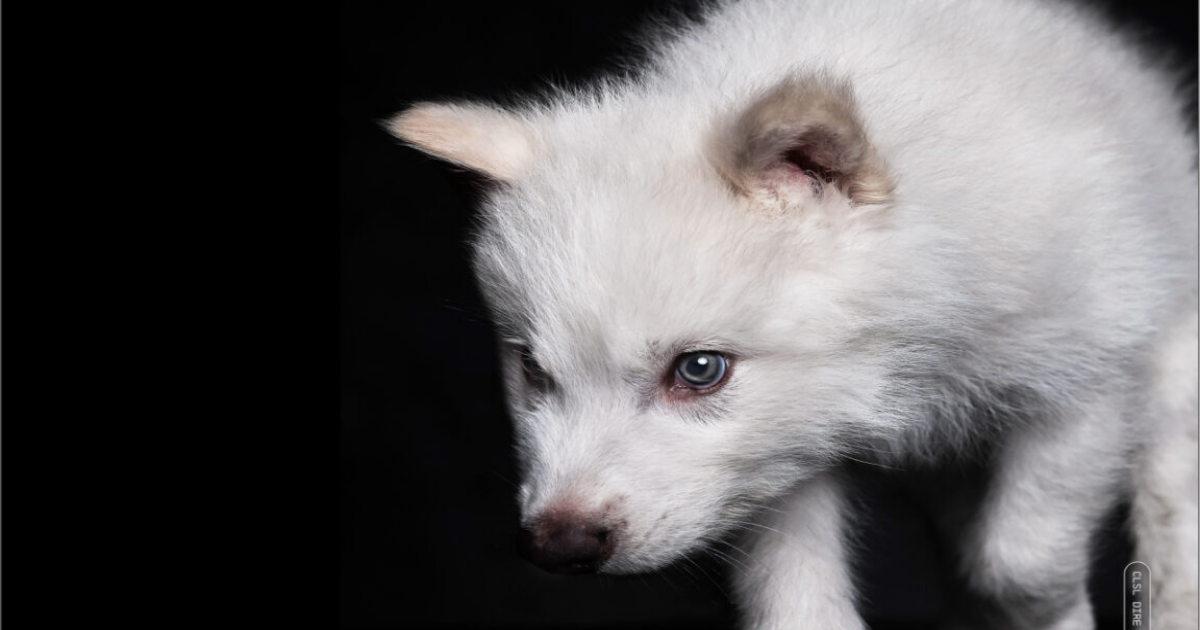On Monday, biotech company Colossal announced what it views as its first successful de-extinction: the dire wolf. These large predators were lost during the Late Pleistocene extinctions that eliminated many large land mammals from the Americas near the end of the most recent glaciation. Now, in a coordinated PR blitz, the company is claiming that clones of grey wolves with lightly edited genomes have essentially brought the dire wolf back. (Both Time and The New Yorker were given exclusive access to the animals ahead of the announcement.)
The dire wolf is a relative of the now-common grey wolf, with clear differences apparent between the two species’ skeletons. Based on the sequence of two new dire wolf genomes, the researchers at Colossal conclude that dire wolves formed a distinct branch within the canids over 2.5 million years ago. For context, that’s over twice as long as brown and polar bears are estimated to have been distinct species. Dire wolves are also large, typically the size of the largest grey wolf populations. Comparisons between the new genomes and those of other canids show that the dire wolf also had a light-colored coat.
That large of an evolutionary separation means there are likely a lot of genetic differences between the grey and dire wolves. Colossal’s internal and unpublished analysis suggested that key differences could be made by editing 14 different areas of the genome, with 20 total edits required. The new animals are reported to have had 15 variants engineered in. It’s not clear what accounts for the difference, and a Colossal spokesperson told Ars: “We are not revealing all of the edits that we made at this point.”
Nevertheless, the information that the company has released indicates that it was focused on recapitulating the appearance of a dire wolf, with an emphasis on large size and a white coat. For example, the researchers edited in a gene variant that’s found in grey wolf populations that are physically large, rather than the variant found in the dire wolf genome. A similar thing was done to achieve the light coat color. This is a cautious approach, as these changes are already known to be compatible with the rest of the grey wolf’s genome.
